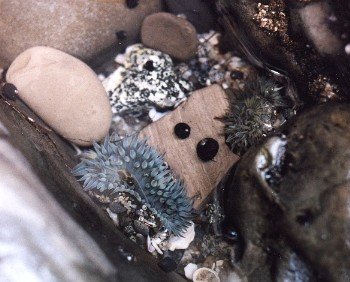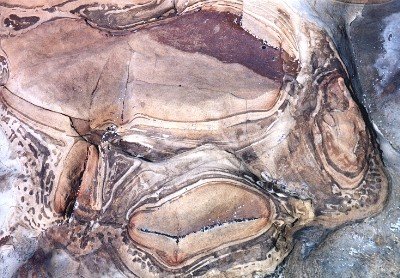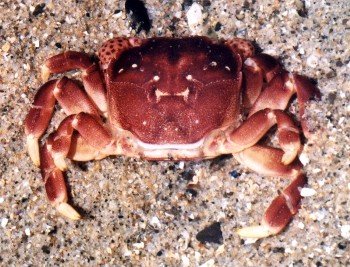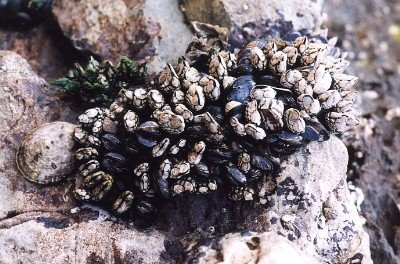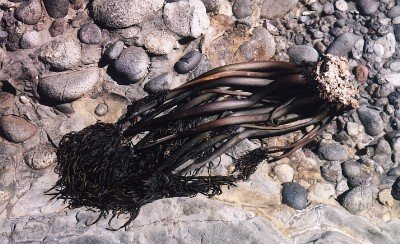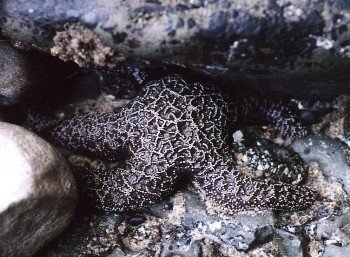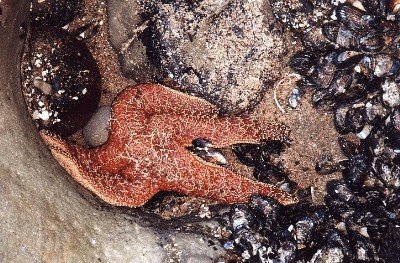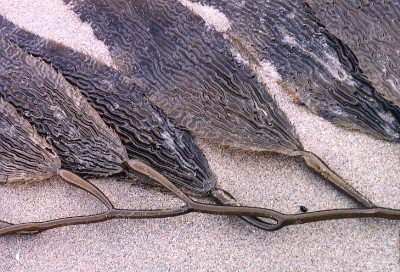Beaches: A Closer Look
|
Shoreline Safari: When the tide is low, the exposed rocks harbor all manner of creatures usually hidden from our view. Between the washed up debris and the tidepools, there is always something new to discover on the beach.
|
The tidepools are meccas for invertebrates. This tiny one includes sea anemones and snails.
Limpets have a muscular foot that holds them onto the rock. They tend to stay in one place and their secretions gradually eat away at the rock and give them a small indentation in which to wait out the low tide.
The wave scoured rock sometimes forms interesting patterns.
These yellow flowers were often growing at the top of the bluffs.
Several species of crabs inhabit the shoreline.
A species of gooseneck barnacle battles for living space with mussels and limpets.
A clump of algae called sea palm lies washed up on the rocky shore.
This large tidepool harbors snails, purple sea urchins and green sea anemones.
Starfish occur in a variety of colors and hide in crevices when they are exposed at low tide.
A starfish waits out low tide in the company of mussels to the right and a retracted sea anemone to the left.
Sometimes larger creatures are found on the beach. Here Larry sits on a large rock or dead elephant.
Kelp is one of the largest living things on the planet. It is a type of brown alga and grows extremely quickly under favorable conditions.
|
| | |
